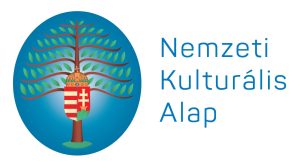Report about the Built Heritage Conservation Camp at Bánffy Castle, Bonțida
In the summer of 2024, the Transylvania Trust Foundation, responsible for the restoration and revitalisation of Bánffy Castle, Bonțida, Romania, held two built heritage conservation training modules at the castle. The second module took place from 18 to 31 August.
The training camp was intended for university students (in architecture, civil engineering, landscape architecture, archaeology, art history etc.) and professionals working in the construction industry, but we also welcomed interested participants from other fields. In the second module of the training programme, we hosted 25 participants from five different countries (Romania, Hungary, France, Italy, United States of America).
During the camp, participants took part in two workshops led by experienced practical instructors. The practical training was preceded by theoretical lectures delivered by teachers from both Romania and abroad.
The first day of the camp was dedicated entirely to theoretical lectures, during which participants learned about the professional programmes that have been running at the castle for over two decades, the history and architectural development of the castle, as well as various presentations on the protection and conservation of cultural heritage (principles of heritage protection and restoration, technical, archaeological, urban planning, engineering etc. aspects). Introductory remarks were made by Edit Marczika-Gyöngyösi, executive director of the Transylvania Trust Foundation, who presented the Built Heritage Conservation Training Centre operating at Bánffy Castle for around two decades. Following this, archaeologist Zsolt Csók discussed the role of archaeology in the management of built heritage, and architect Nicole Sutton delivered a lecture on the use of lime and other historical building materials, as well as on the importance of minimal intervention and continuous maintenance, the compatibility of building techniques and materials, and the significance of traditional craftsmanship. In the afternoon, art historian Zsuzsanna Eke presented the brief history of Bánffy Castle, complemented by a guided tour around the castle. The day was concluded with a presentation by architect Endre Ványolós on contemporary urban planning and public space interventions in heritage environments, followed by a lecture on structural interventions by engineer Dorottya Makay, illustrated with case studies.
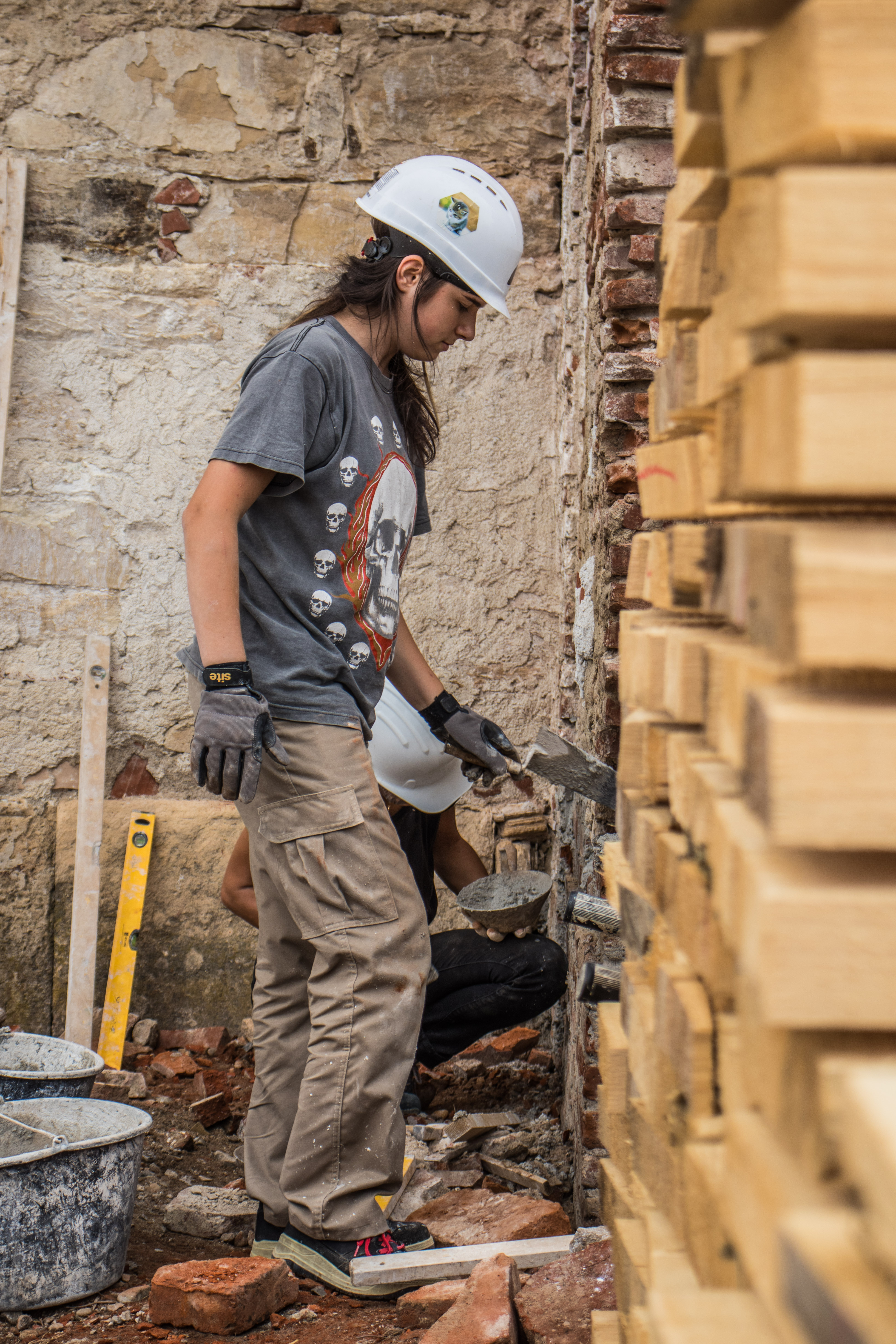
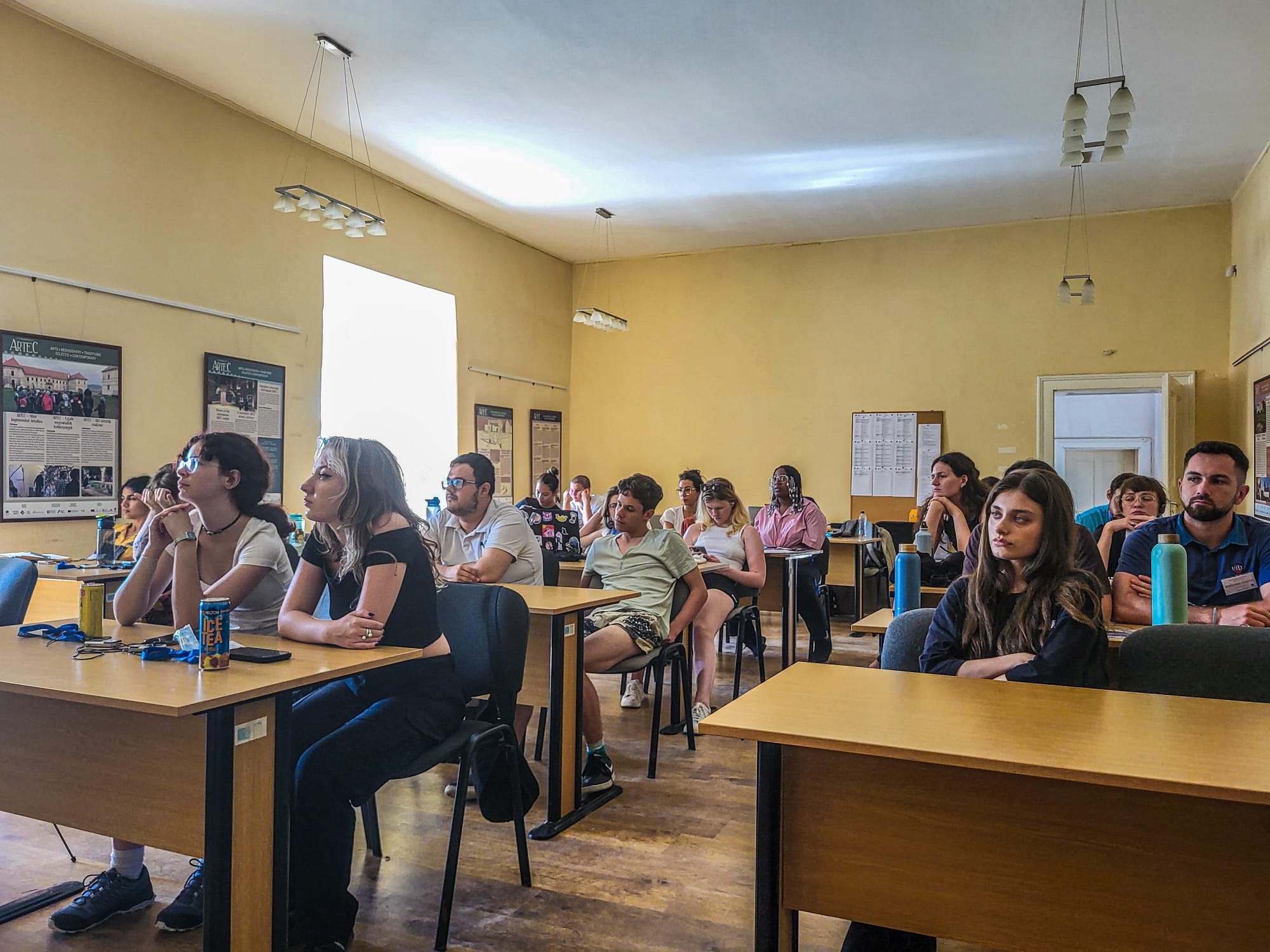
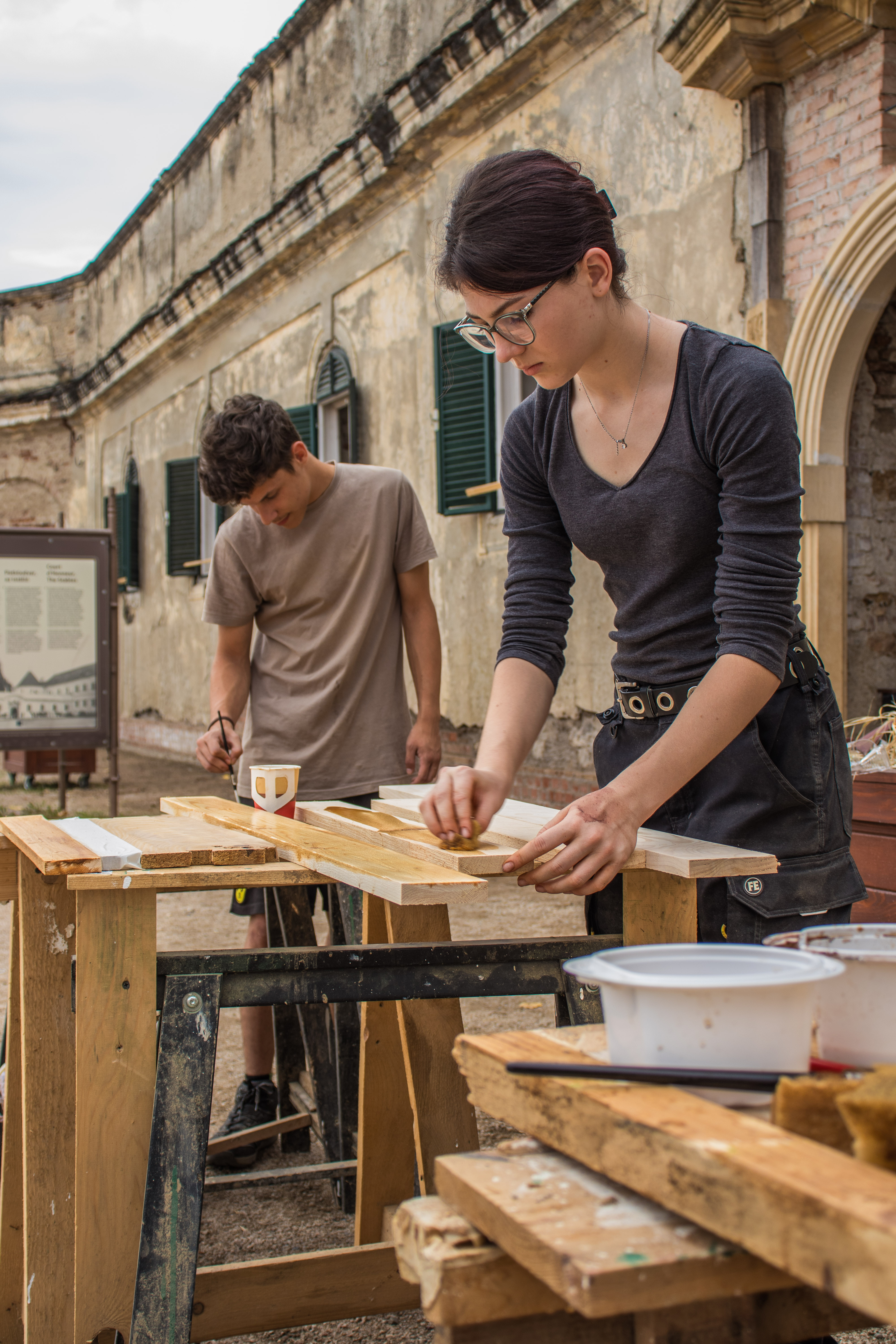
For the remaining days of the camp, after a joint session on health and safety regulations at the start of the second day, the participants received practical training in various workshops, where they learned about masonry, vault restoration and decorative mural techniques (fresco, secco, sgraffito, stucco marmorino), as well as traditional joinery and furniture restoration. The practical workshops were introduced by site manager Márton Bikfalvi and his team.
In the masonry workshop, participants first familiarised themselves with the tools and materials used during the two weeks, especially the characteristics of the lime-based mortar required for the castle’s restoration works. They then worked in groups at several locations, in rotation, to ensure that everyone had the chance to try out everything: some completed masonry window reveals at the gatehouse and connecting arched building block, thus learning masonry techniques; others reinforced the base of the stables, acquiring techniques for wall reinforcement; while others worked inside the stables: some rendered the inner wall surfaces, practicing this technique; and some worked on the reconstruction of a sail vault, learning about the theoretical and practical aspects of vault reconstruction. In addition, each participant had two days to master decorative mural techniques (fresco, secco, sgraffito, stucco marmorino). In the traditional joinery and furniture restoration workshop, all participants worked together. They first got acquainted with the specific tools and instruments of the craft, learned about the wood and the traditional joints used in the craft, before restoring a piece of furniture manufactured with traditional techniques, going through each phase of the restoration process.
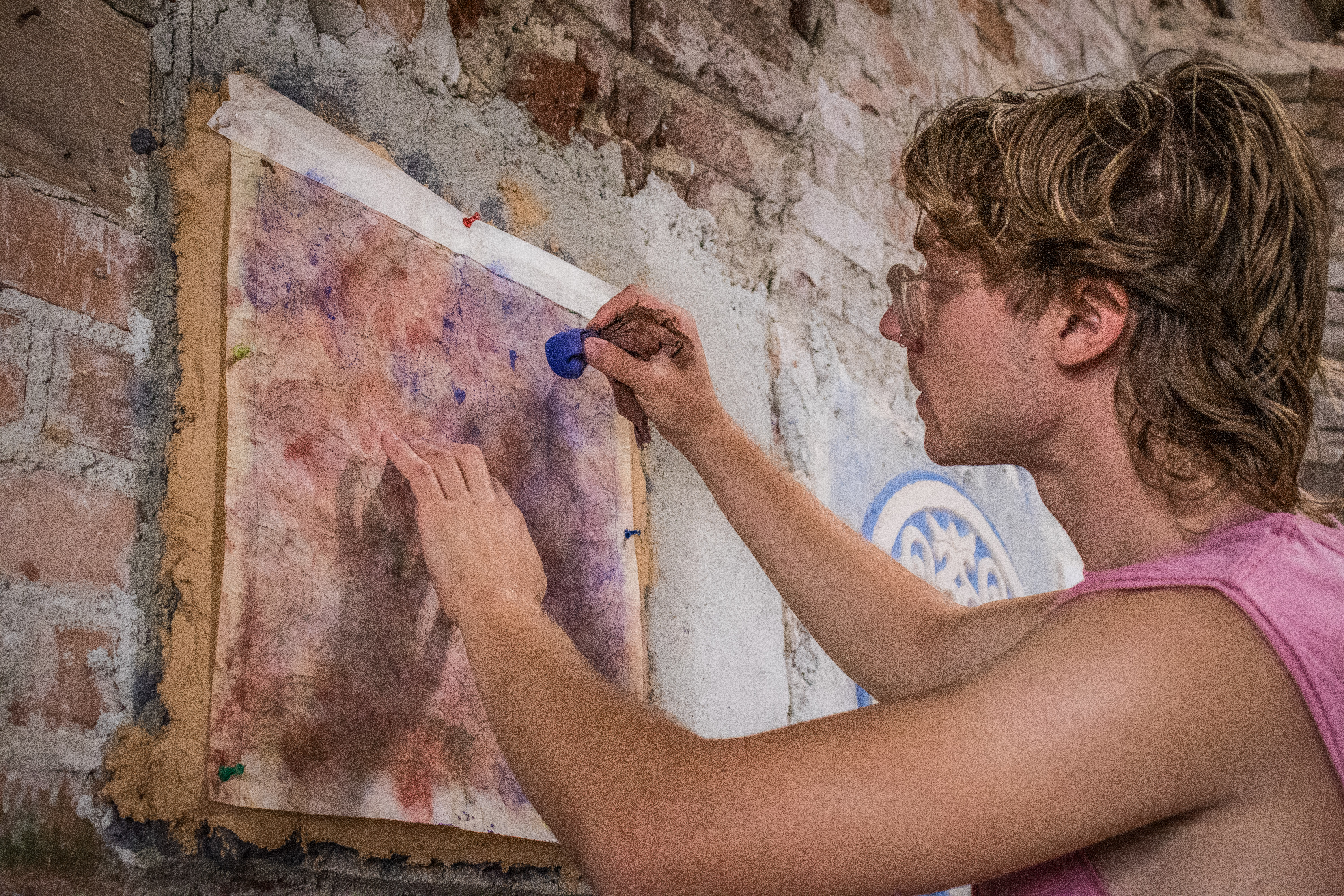
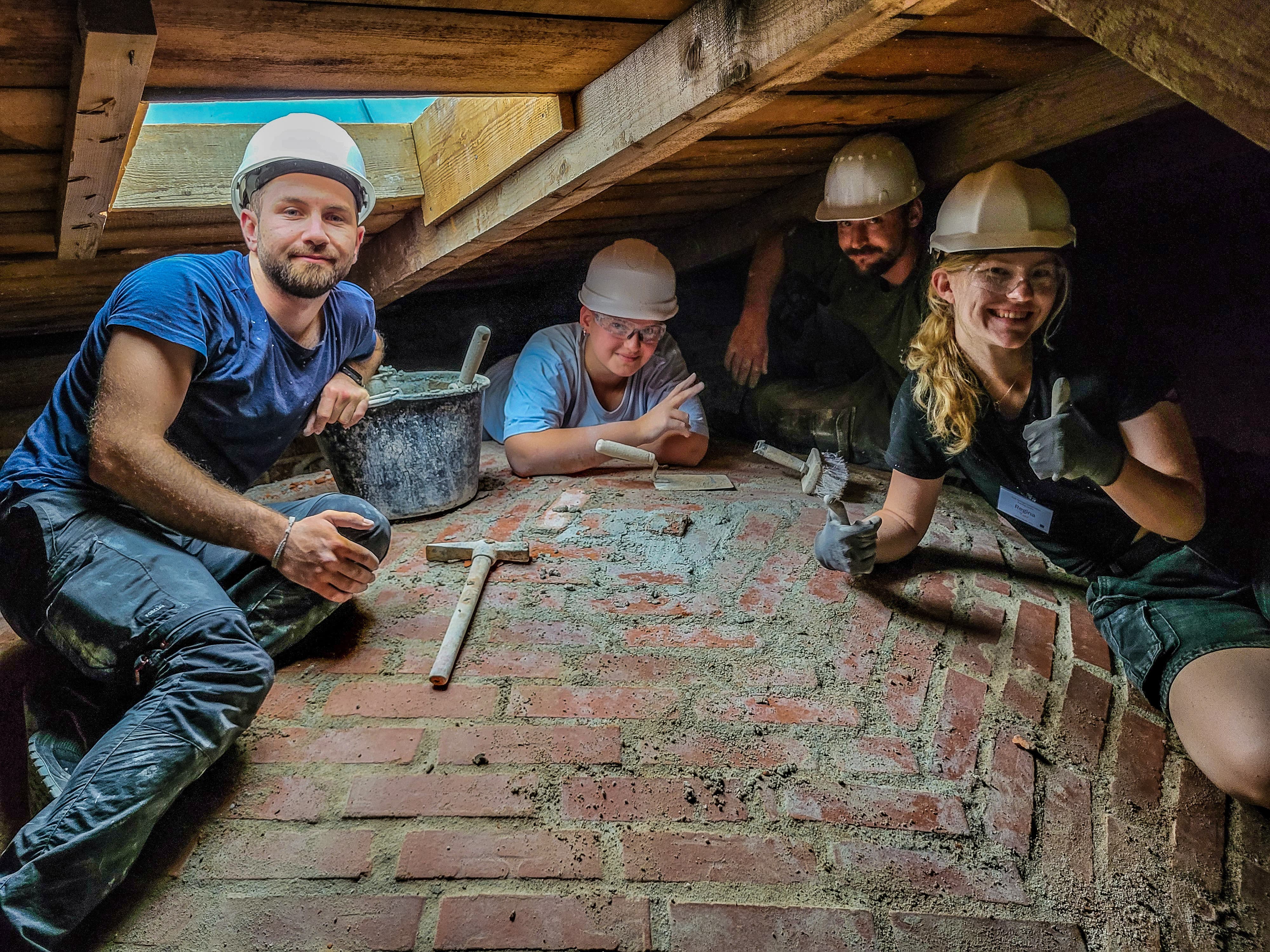
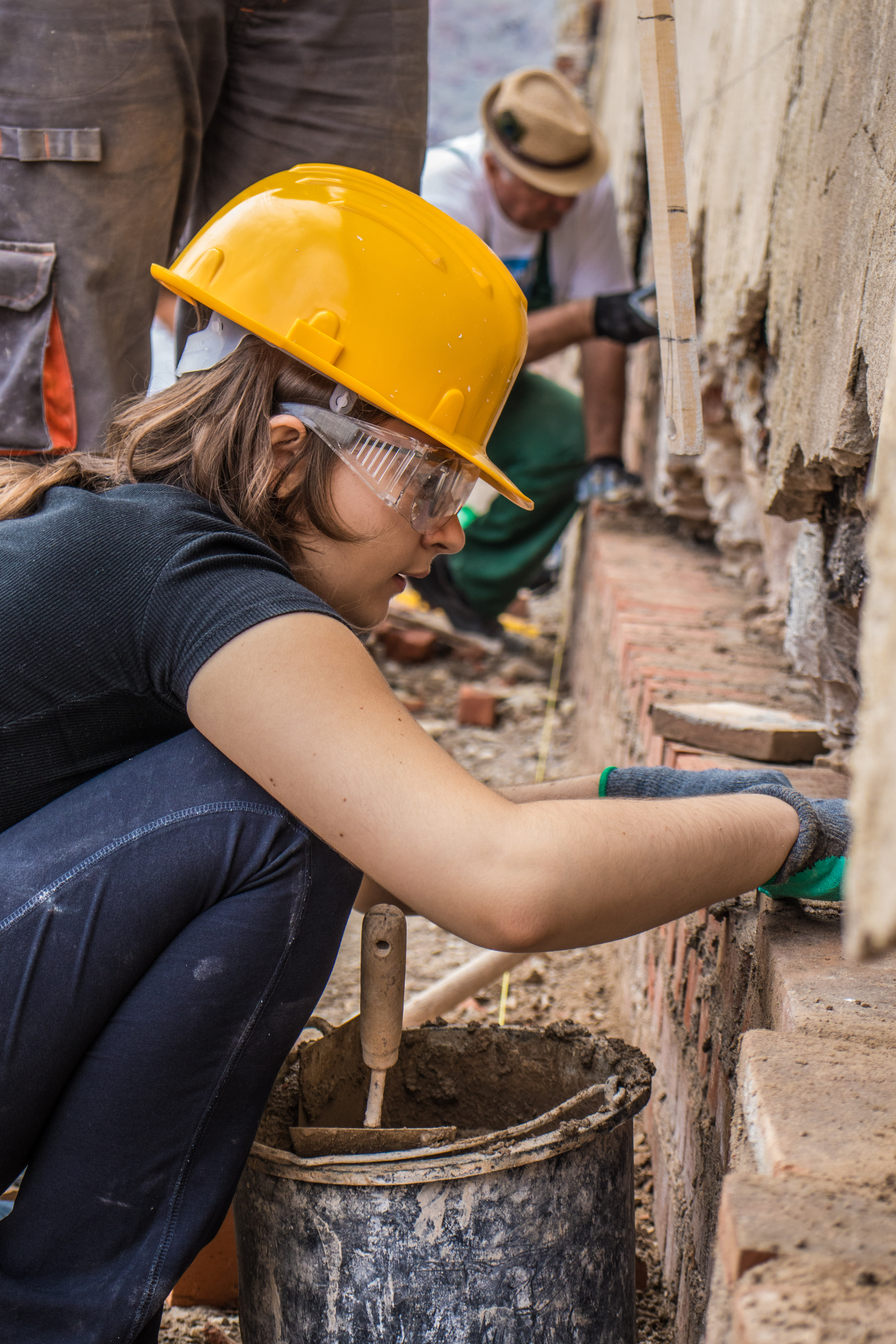
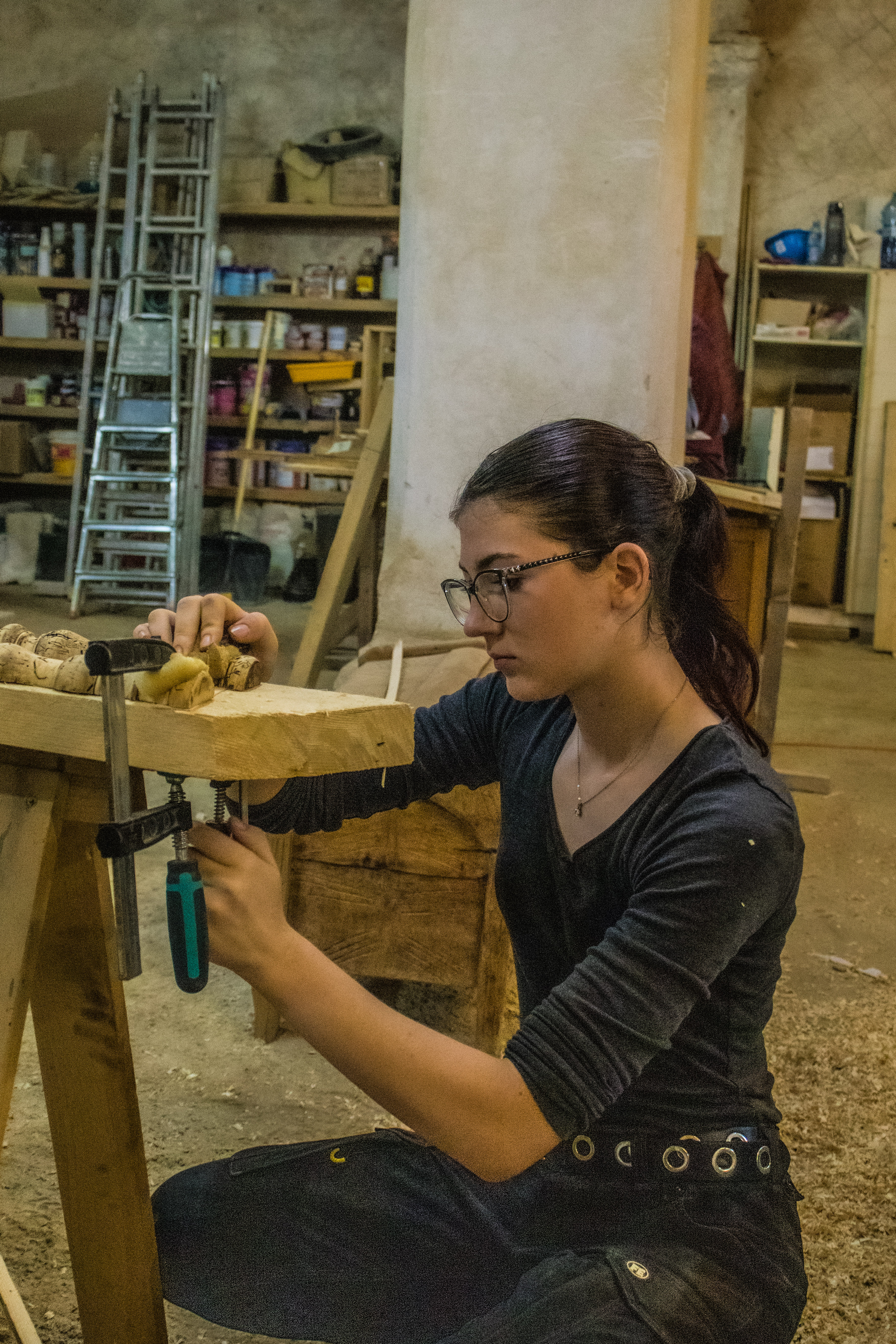
As part of the camp, the students also participated in a study field trip. Their first stop was in Rimetea, Alba County, a settlement famous for its beautiful vernacular architecture. Here, they admired traditional houses and visited the local Ethnographic Museum and Unitarian Church. They then travelled to Sic, Cluj County, where they were able to admire the mediaeval Calvinist Church and learned about the village’s traditions, followed by a walk in the Sic reed bed, a local natural reserve.
At the end of the camp, the participants were evaluated based on a written exam, and those who met the required criteria received a certificate of achievement. At the same time, the students visited all the workshops and presented to the other participants the work they had completed during the two weeks.
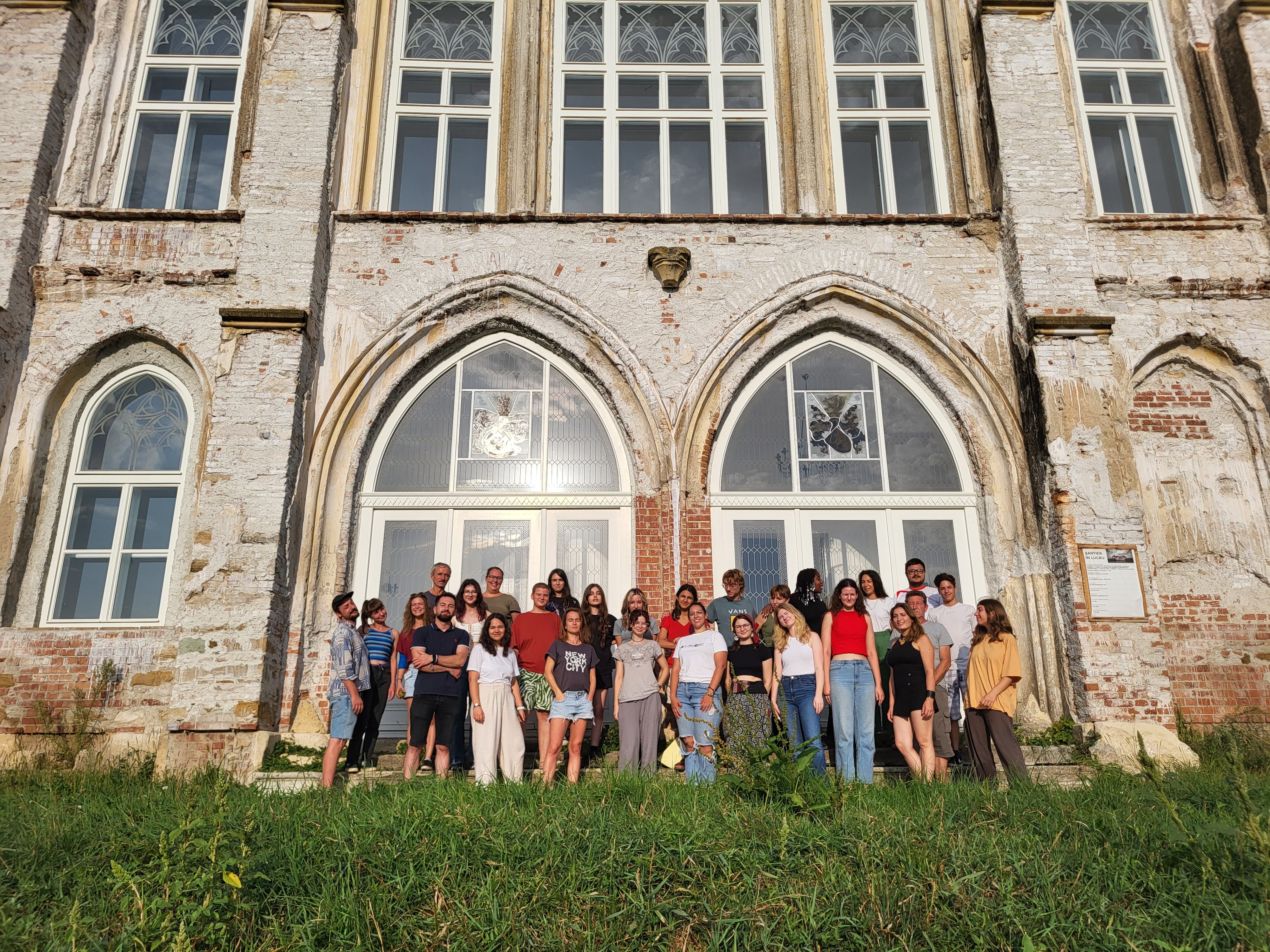
The training camp was supported by the Romanian Order of Architects from the architectural stamp duty, and by The King’s Foundation, as well as by the National Cultural Fund of Hungary.


